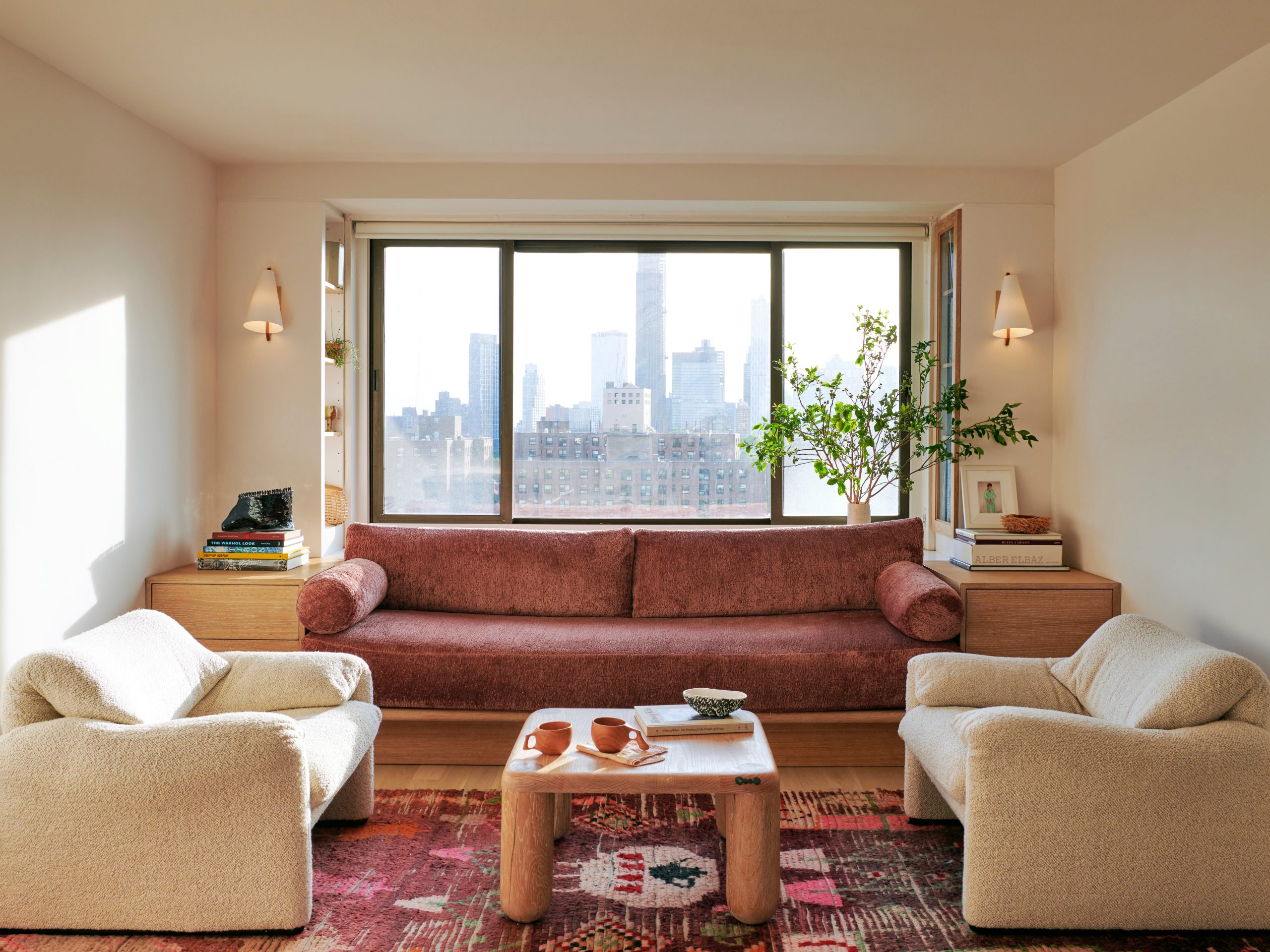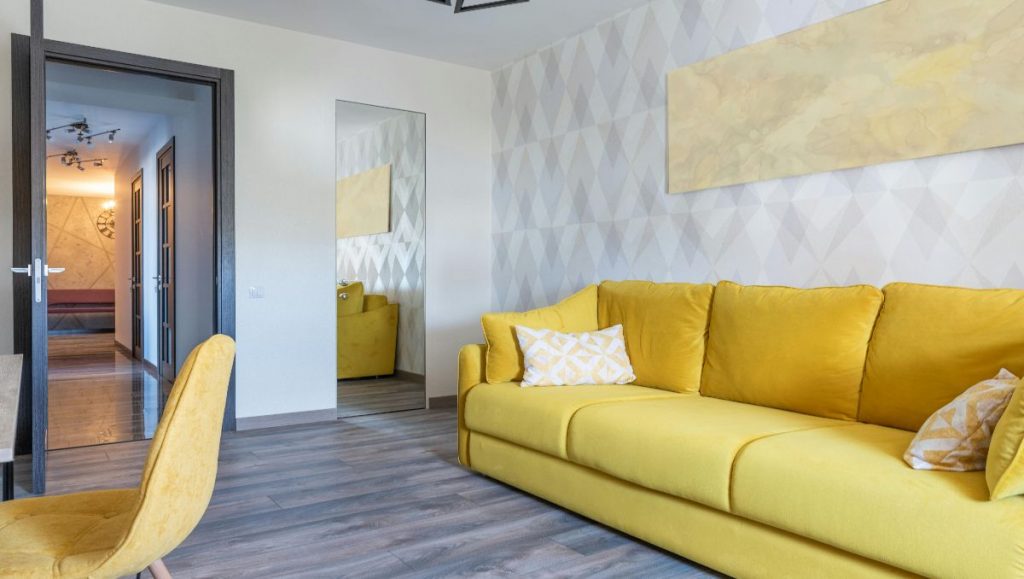
Furnishing a small living room can be a delightful challenge, but finding the right balance between style and functionality is key. It’s about creating a cozy and inviting space without sacrificing valuable floor space or making it feel cramped. With the right choices, your small living room can become a stylish haven that reflects your personality and meets your needs.
Key Takeaways
- Choosing the right furniture for a small living room involves balancing style and functionality. Opt for multifunctional pieces and ensure that furniture proportions fit comfortably in the space without overwhelming it..
- Use furniture with legs or clear materials to make the room feel airy. Light colors and mirrors can make the space look bigger and brighter.
- Maximize storage with wall-mounted shelves, vertical bookcases, and furniture with hidden compartments to keep the room tidy and spacious.
This guide will walk you through selecting the best furniture for your small living room, providing expert tips and stylish solutions to maximize your space and transform it into a beautiful haven.
Understanding Your Small Living Room
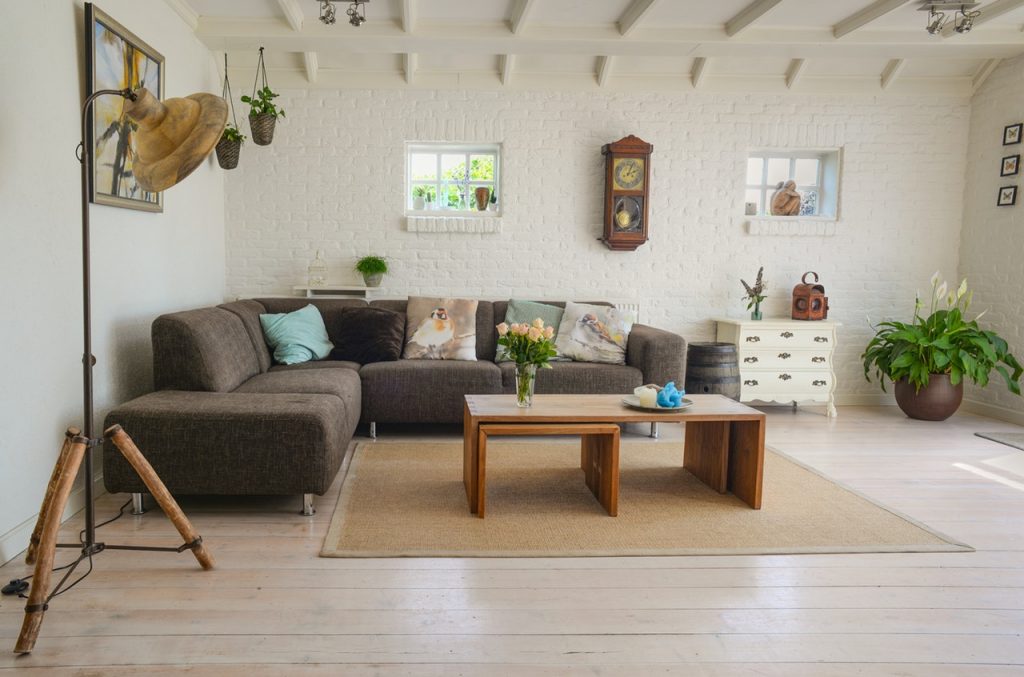
Understanding your small living room is key before selecting furniture. Start by measuring the room’s dimensions, including length, width, and height, and noting the placement of doors, windows, and built-ins. Create a floor plan and consider the flow of movement to ensure furniture placement doesn’t block pathways.
Next, think about how you use the space. Consider whether the living room is used for relaxation, entertaining, or work, and identify your storage needs. Factor in any potential lifestyle changes, like a growing family, to determine what furniture will best suit your needs.
Reflect on your style preferences. Create a mood board with images that capture your desired aesthetic, incorporating furniture, colors, and textures you love. Feel free to include unique or sentimental pieces to add personality to your space. By understanding your space, needs, and style, you can make furniture choices that enhance both functionality and beauty in your living room.
Key Principles for Choosing Furniture for Small Spaces
Selecting furniture for small spaces requires a strategic approach that prioritizes both style and functionality.
Multifunctional Furniture
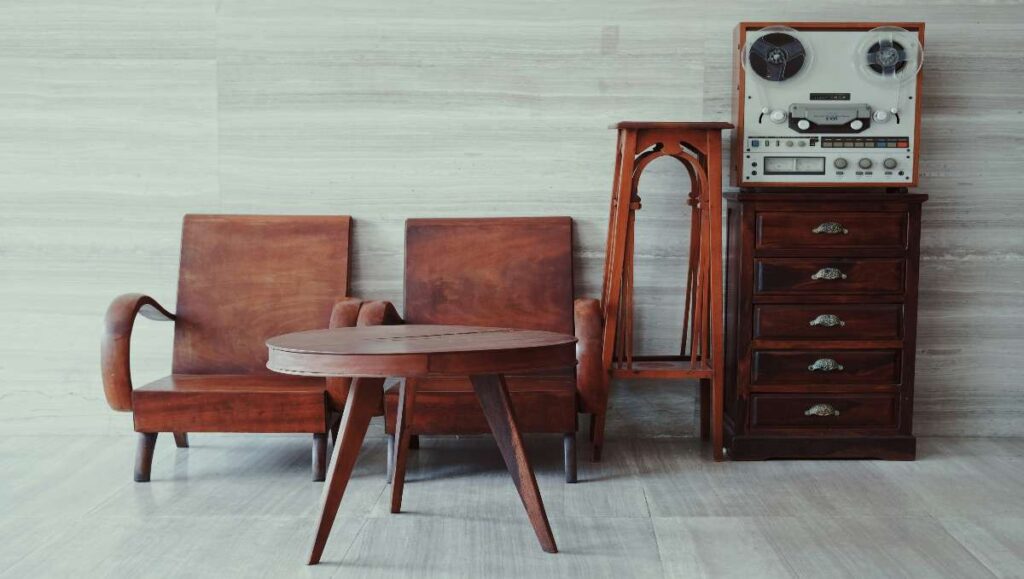
In small living rooms, multifunctional furniture is key. Pieces that serve dual purposes not only save space but also enhance versatility. Opt for furniture with built-in storage or designs that can be easily reconfigured to meet various needs.
Maximizing storage is crucial to avoid clutter and maintain a tidy appearance. Use vertical space with wall-mounted shelves for books and decor, and choose furniture with hidden storage, such as ottomans with lift-up lids or coffee tables with drawers.
Scale and Proportion
The scale and proportion of your furniture play a significant role in how spacious or cramped your living room feels.
- Visual Weight: Opt for pieces with a lighter visual weight, such as furniture with legs or slim profiles.
- Balance: Maintain a balance between large and small pieces. A large sofa can be balanced by a pair of smaller armchairs or a slender coffee table.
- Height: Choose furniture that varies in height to create visual interest and prevent the space from feeling monotonous.
Light and Airy Designs
Furniture with light and airy designs can make a small living room feel more spacious and open. For example, furniture with legs creates a sense of openness by allowing light to flow underneath. Incorporating glass or acrylic elements in coffee tables, side tables, or shelves can add visual lightness.
The Best Furniture for Small Living Rooms
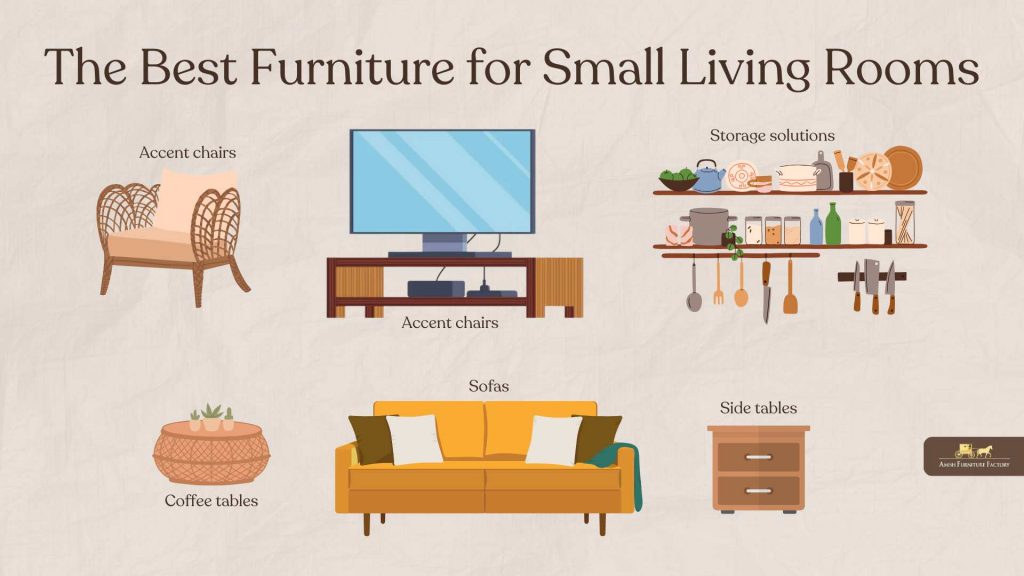
Here’s a breakdown of essential furniture categories and tips for making the best choices:
Sofas and Seating
The sofa is often the centerpiece of a living room, and choosing the right one for a small space requires careful consideration. Measure your space carefully to ensure the sofa you choose fits comfortably and leaves enough room for movement. Here are some recommendations:
- Loveseats: These compact two-seater sofas are ideal for smaller living rooms or apartments.
- Apartment Sofas: Specifically designed for smaller spaces, apartment sofas typically have a slimmer profile and lower back than traditional sofas.
- Sectionals with Chaise Lounges: Consider a modular sectional, which allows you to rearrange the pieces to fit your space perfectly.
- Futons: Futons offer versatility as they can function as both a sofa and a bed.
- Convertible Sofas: These sofas transform into beds, providing additional sleeping space for guests.
Coffee Tables and Side Tables
Coffee tables and side tables are essential elements in a living room, providing surfaces for drinks, books, and décor. When choosing these tables for a small space, consider size and shape; select side tables that complement the scale and shape of your sofa and coffee table. Functionality is also important, so look for tables with drawers or shelves for additional storage. Nesting tables are a great option because they can be tucked away when not in use, freeing up floor space. Another space-saving option is C-tables, which slide over the arm of your sofa, providing a convenient surface for drinks or snacks.
Accent Chairs
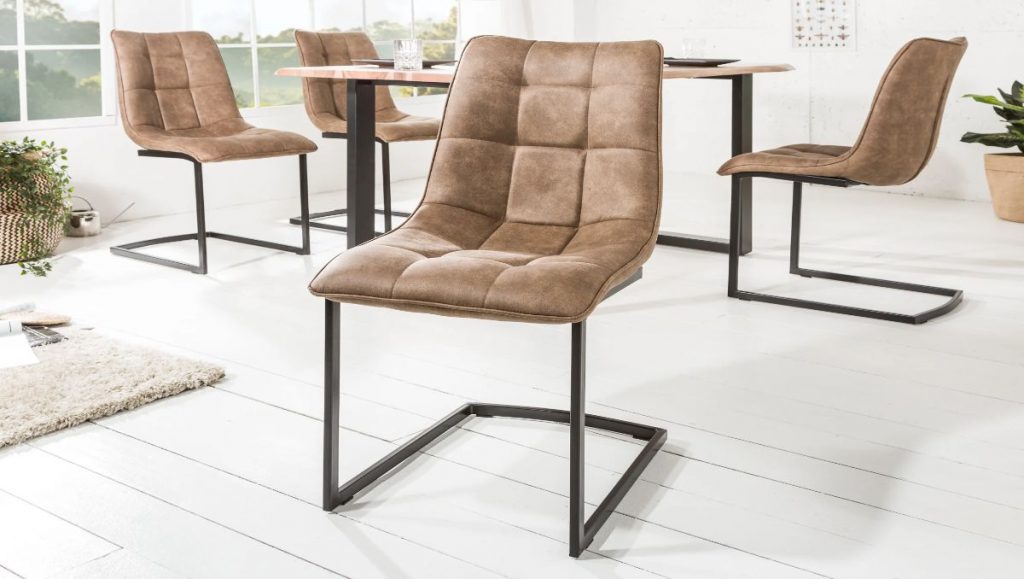
Accent chairs add personality and extra seating to your living room. In a small space, it’s essential to choose chairs that are versatile and can be easily moved around to accommodate different needs. Here are some options:
- Armchairs: Armchairs provide comfortable seating and can be used as standalone pieces or paired with a sofa. Look for armchairs with lighter weight for easy movement.
- Slipper Chairs: They can be tucked away in a corner when not in use or pulled up to the coffee table for extra seating.
- Occasional Chairs: Occasional chairs are designed for occasional use and are often lightweight and easy to move.
- Poufs: Poufs can serve as both seating and footrests, offering flexibility and a touch of whimsy to your living room.
When choosing an accent chair, ensure the chairs provide adequate support and comfort for extended periods of sitting.
Media Consoles and TV Stands
Media consoles and TV stands play a crucial role in both functionality and aesthetics in a small living room. When choosing the right one, consider the size, storage, style, height, and material. Wall-mounted consoles can save valuable floor space and create a more open feel in a small room. Consoles with legs can make a small room feel more spacious by allowing light to flow underneath. Corner consoles can be a great space-saving solution, utilizing an often underutilized area. Additionally, consider multifunctional consoles that can double as storage units or display shelves.
Storage Solutions
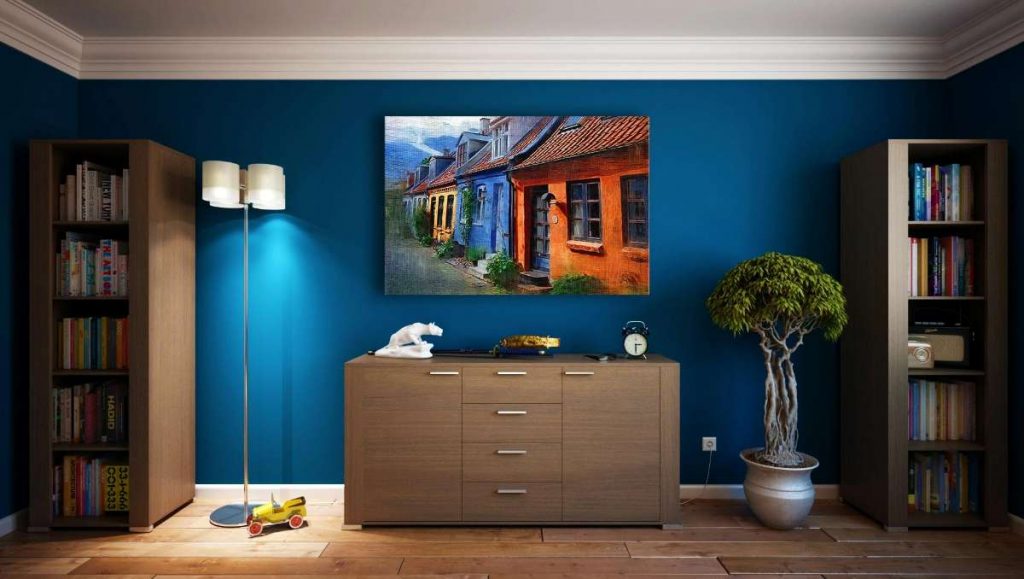
Storage is a critical consideration for small living rooms. With limited space, it’s crucial to find creative solutions to keep your belongings organized and out of sight. Ottomans with lift-up lids, coffee tables with drawers, and benches with hidden compartments are excellent options for storing blankets, pillows, books, and other items. Additionally, utilize vertical space with wall-mounted shelves to display books, décor, or other items. Look for furniture with hidden storage compartments to keep clutter out of sight.
Transform your small living room into a haven of style and functionality with our handcrafted Amish living room furniture.
Design Tips and Tricks
In addition to choosing the right furniture and storage solutions, there are several design tips and tricks that can help make your small living room feel more spacious and inviting.
Color Schemes
Using light or neutral colors on your walls, ceilings, and floors can make your small living room feel larger and brighter. Light colors reflect more light, creating an illusion of spaciousness.
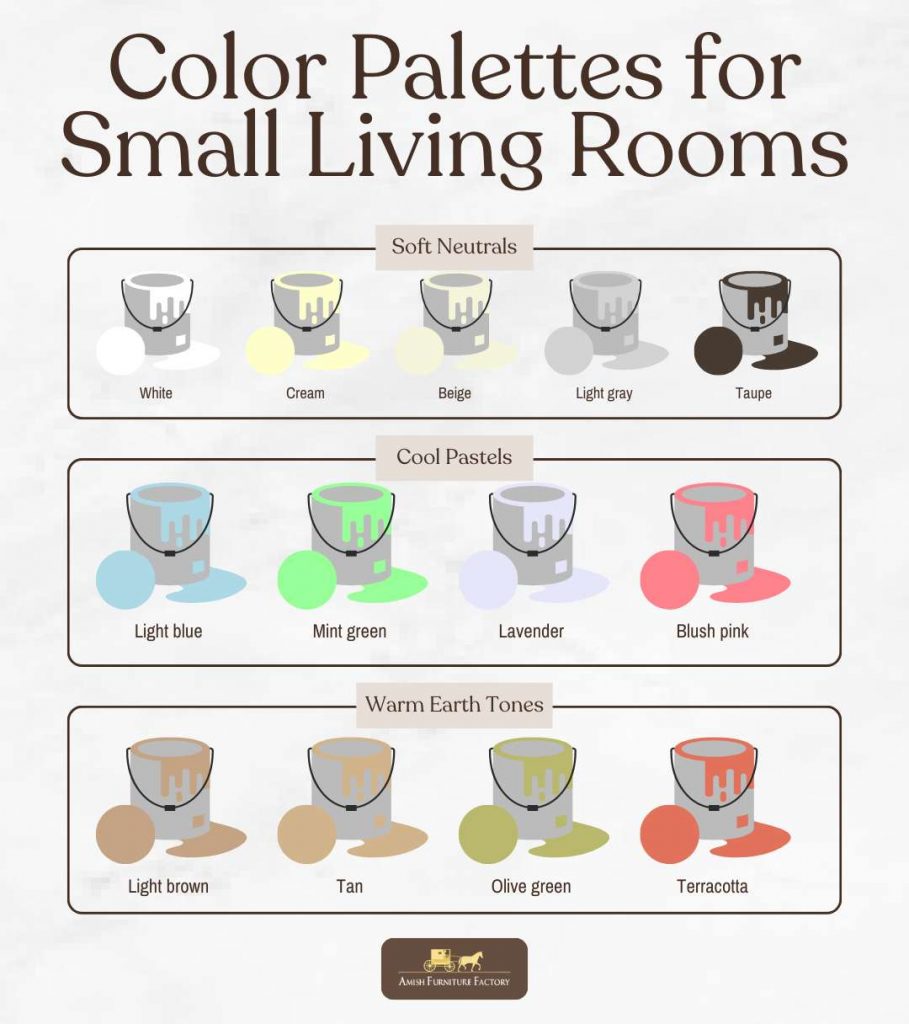
Lighting
Using multiple light sources, such as floor lamp, table lamp, and overhead lighting, can create a more layered and inviting atmosphere. This will help to avoid the harshness of a single overhead light source and highlight different areas of the room.
Mirrors and Reflective Surfaces
Strategically placed mirrors can reflect light and create the illusion of more space. Consider hanging a large mirror on a wall opposite a window to reflect natural light and make the room feel brighter and more open.
Rugs
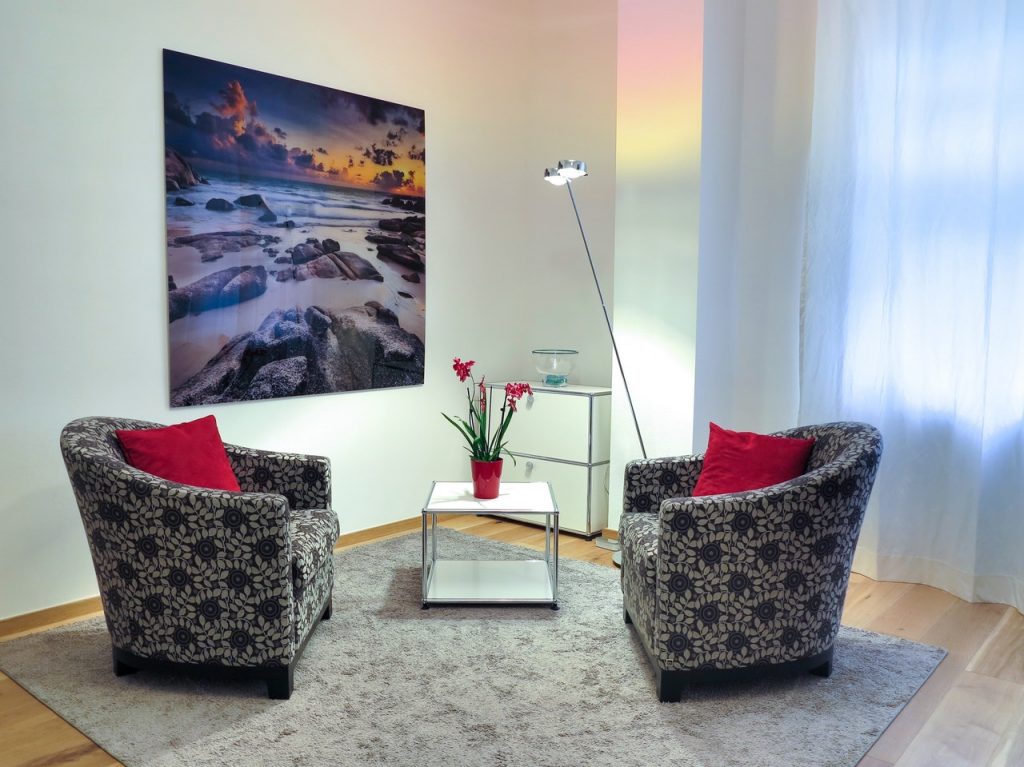
The right rug can anchor a seating area and add warmth and texture to a room. Choose a rug that is the right size for your space and complements your overall design aesthetic.
Decluttering
Keeping surfaces clear of clutter will help your small living room feel more spacious and organized. Put away items that you don’t need on a daily basis and avoid letting things pile up on tables, countertops, and shelves.
Conclusion
Furnishing a small living room doesn’t have to be a daunting task. By understanding your space, choosing the right furniture, and implementing smart design strategies, you can create a stylish and functional living area that you’ll love. With a little creativity and careful planning, you can transform your small living room into a beautiful and functional space that you’ll enjoy for years to come.
FAQs
What’s the most important factor to consider when choosing furniture for a small living room?
The most important factor is size. Choose living room furniture that fits comfortably in your space without making it feel cramped. Also, consider multifunctional pieces to maximize functionality.
Should I avoid dark colors in a small living room?
While light colors are generally recommended for small spaces as they make the room feel larger and brighter, you can still incorporate dark colors in moderation. Use them as accents, such as on throw pillows or artwork, to add depth and interest to your design.
Are there any specific furniture styles that work better for small living rooms?
Modern and minimalist styles often work well in small spaces as they tend to have cleaner lines and less visual bulk. However, any style can be adapted to a small living room with careful planning and selection of appropriately sized furniture.
How can I make my small living room feel more spacious without buying new furniture?
You can create the illusion of more space by using mirrors, decluttering, maximizing natural light, and choosing light-colored paint for your walls. You can also rearrange your existing furniture to create a more open and airy feel.
